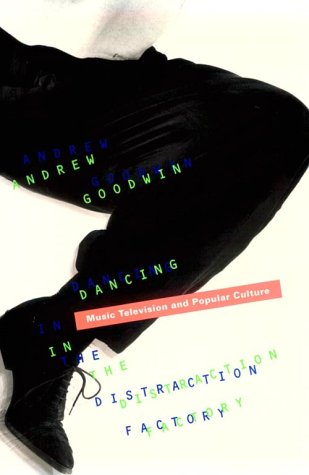Goodwin states that traditional narrative does not apply to pop videos, as pop videos approach narrative from a different angle in comparison to novels and films. The reasons for so are:
- Pop videos are built around songs – and usually songs do not follow the traditional narrative structures (normality – problem – resolution)
- The artist plays both the narrator and character within the pop video
- The singer often looks directly at the camera, this enhances the performance and the audience in more involved
Pop videos rely on repetition. Images within the video appear repeatedly just as the chorus and lines is sung repeatedly. The video itself will be shown repeatedly on TV and the song will be repeatedly played on the radio. As a result we will be hearing the song or seeing the video repeatedly and therefore it will be familiar to us, due to the constant repetition.
Some videos are autonomous, which gives you the power to do your own thing (for example; Lady Gaga’s – Telephone). Some video’s offer a visual pleasure that encourages repeated viewing and promotes the music at the same time. Whereas some videos might also be promoting other medias such as films.
Overall there are three types of relations between songs and videos:
- Illustration: when the video tells the story of the lyrics
- Amplification: when there is additional meaning to the lyrics visually
- Disjuncture: when there is little or no link between the image and lyrics



